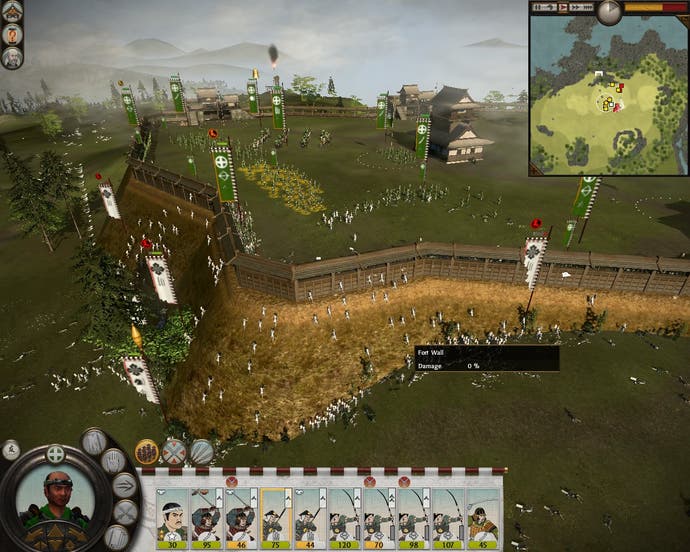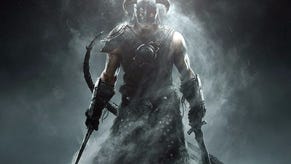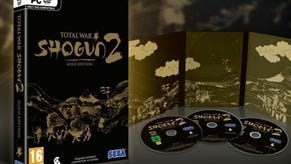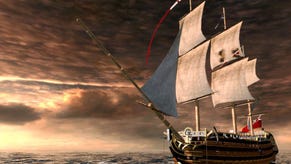Total War: Shogun 2
Katana nirvana.
As much as I enjoyed Napoleon: TW, I'm not sure I ever fully bought into the version of 18th and 19th Century geopolitics it peddled. The nations rarely behaved like nations. With Shogun 2, the illusion feels far more robust.
This might be partially because Sengoku-era Japan is less familiar than Napoleonic Europe, but I think it also owes something to improved diplomacy routines. I've yet to see AI rivals or friends do anything outrageously implausible. There's no sign of flip-flopping, no illogical requests (actually they seem a mite shy) or lunatic warmongering.
As I've speared, arrowed and katana-ed my way across the beautiful 60-province theatre map (now with unexplored areas represented by attractive period cartography), I've witnessed the attitude of strong hawkish clans soften as the tide of war starts turning against them. I've seen very human examples of opportunism and suspicion.
The only time I felt the AI had dropped its kabuki mask was when my clan's reputation hit 'legendary'. This seems to spark an unavoidable 'Shogun's Ire' event. Basically, everyone declares war on you.

This does guarantee a lively end-game and prevents the kind of freewheeling to the Finish Line that ever-so-slightly blighted the original Shogun. But seeing old friends transform into enemies at the drop of a hat doesn't do much for immersion.
The nature of Shogun 2's clan-crowded map means it's pretty hard to keep your head-down and quietly consolidate in the early stages. There's usually someone's army hotfooting it towards your territory.
Playing as the Shimazu, I experienced a pleasing mid-game lull after some extremely tense battles to take Kyushu, the large island on the western end of the map. Slightly strangely, all subsequent attacks came across the heavily-defended land bridge at Buzen. A more imaginative artificial adversary would have landed amphibiously down the coast.
If Shogun 2 has somehow inherited Empire Total War's allergy to beach landings it would be most odd (Napoleon wasn't afflicted), but not a disaster, as all significant territories can be reached on foot.

Apart from that apparent reluctance to use troop ferries and and a slight tendency to leave towns poorly protected, the Strat AI struts around the map with considerable confidence and skill.
Attacking forces are invariably large and sensibly composed, enemy ships blockade ports and raid trade routes like its going out of fashion. Foreign agents are regularly sticking their noses/daggers/prayer-wheels in.
Played on 'hard' - the middle difficulty setting - campaigns feel tough but fair. You push ninja and metsuke into the fog of war with a mixture of excitement and trepidation.
The solidity of the Strat AI is mirrored by the solidity of the battlefield stuff. It might be illusory but enemy armies seem to stay tighter for longer in Shogun 2. This discipline reaps rewards in pitched battles, making it much harder to chisel opposing troop concentrations into vulnerable chunks. I unexpectedly lost my first three skirmish games to these tight-knit tactics.















